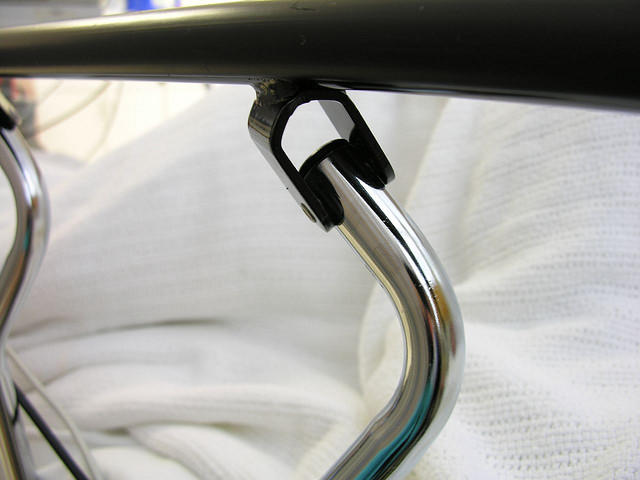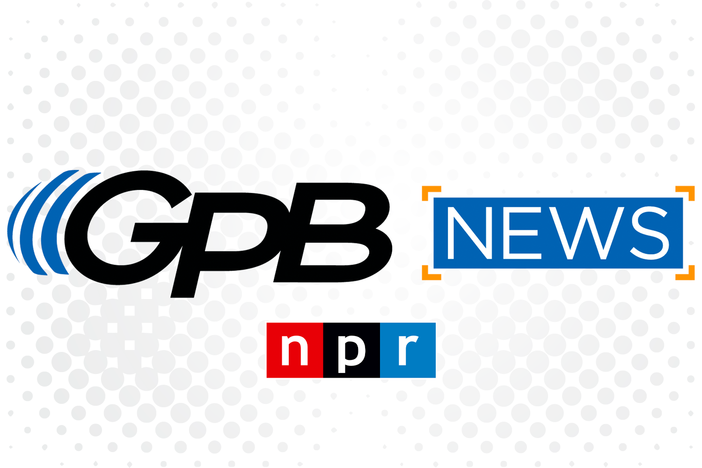
Section Branding
Header Content
Key Part Of Hospital Provider Fee Still Unresolved
Primary Content

Last year, a bill that would renew a financing mechanism for the state’s Medicaid program hurtled irresistibly through the Georgia General Assembly. Gov. Nathan Deal signed it into law almost as soon as it was passed.
The high priority the measure received was easy to understand. The funding mechanism, known as the hospital provider fee — called by opponents a “bed tax’’ — was designed to fill a nearly $500 million hole in the state’s Medicaid program.
The main part of the provider fee was eventually approved by the feds last year.
But a second part of that provider fee, aimed at helping hospitals that were financial “losers’’ under the original distribution formula, has still not been approved by the U.S. Centers for Medicare and Medicaid Services (CMS).
Talks have gone on between the state and CMS since the fall of 2012 over what’s called “Tier II.” It’s designed to even out the losses for organizations such as Piedmont Healthcare and Northside Hospital, two large health care systems.
At stake is about $30 million in federal money for hospitals, according to the Department of Community Health, which runs Medicaid in the state.
“Tier II is still under consideration by CMS,’’ said Kevin Bloye of the Georgia Hospital Association in a statement Thursday. He added that the GHA and Community Health “are working together in discussions with CMS to reach a conclusion.”
CMS said through a spokeswoman that it “does not comment issues that are under review.”
Despite its detractors’ use of the term “bed tax,’’ the fee currently is not levied on individual patients or on hospital beds, but is based on hospital net patient revenue.
The currently approved provider fee raises money from hospitals, and the funds are then returned to the hospitals through reimbursements. Individual hospitals are reimbursed differing amounts, based on how much Medicaid business they do.
Under the formula, the winners are the hospitals that get back more money than they paid through the levy, while the losers are those that get back less.
One of the big winners is safety-net provider Grady Memorial Hospital in downtown Atlanta. With its high volume of Medicaid patients, it nets nearly $10 million annually under the current formula.
Piedmont Hospital in Atlanta’s affluent Buckhead district serves a much lower percentage of Medicaid patients, and it winds up a big loser under the original formula. In fiscal 2011, it lost $6.4 million with the current provider fee arrangement, according to state figures.
Piedmont Healthcare, the most vocal critic of the original basic formula, has backed the Tier II distribution, along with other private hospitals in Georgia.
A Piedmont spokeswoman Thursday declined comment on the delayed federal approval.
Almost all states use such assessments to help cover the costs of their Medicaid programs.
Two-thirds of the provider fee money generated in Georgia goes to shore up Medicaid’s budget. The rest goes to increase Medicaid reimbursements to hospitals.
Medicaid, jointly financed by the federal government and individual state governments, covers about 1.6 million poor and disabled Georgians.
See more at: http://www.georgiahealthnews.com/2014/04/part-hospital-provider-fee-unresolved/#sthash.w0UCb37R.dpuf
Tags: health, U.S. Centers for Medicare and Medicaid Services, Georgia Department of Community Health, Georgia hospitals, hospitals, gpbwell, 2013 general assembly, hospitial provider fee, Medicaid provider fee, hospital bed tax, Georgia Health News, Andy Miller
Bottom Content

